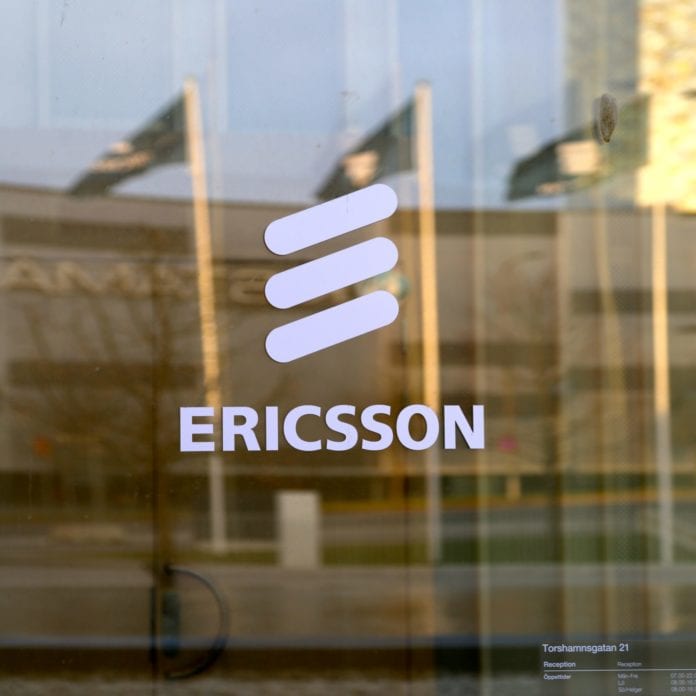Russian carrier MegaFon has selected Ericsson to develop a new nationwide transport network which will pave the way for the future deployment of 5G technology, the Swedish vendor said in a statement.
As part of the three-year contract, Ericsson will supply mobile transport solutions based on the MINI-LINK platform, which it said offers high capacity, efficient use of spectrum, low-energy consumption and simplified operations and maintenance.
With recent technological advances in microwave system software and new radio hardware, microwave transport capacity has moved from megabit-per-second capacity to gigabit-per-second capacity, the vendor said. According to Ericsson’s Microwave Outlook Report 2018, 40% of global backhaul connections are expected to be based on microwave by 2023.
“MegaFon pays great attention to the implementation of the most promising technical solutions and the readiness of all elements of the company’s infrastructure to launch a new standard of mobile communication, setting the direction of development in the industry,” said Frederic Vanoosthuyze, chief technology and IT cfficer (CTIO) at MegaFon. “The transport network is one of the key elements that determine the level of service for our customers, where we constantly test and pilot innovative technologies, together with partners like Ericsson.”
“This deal means that MegaFon is building the infrastructure for its future 5G network. In close partnership with Ericsson, MegaFon will develop and deploy its breakthrough network with a new level of capacity, speed, and quality – allowing it to create and offer completely new services to customers and businesses,” said Sebastian Tolstoy, head of Ericsson in Russia.
Key features of the MINI-LINK 6000 portfolio for 6-38 GHz include a high density of radio interfaces (up to 15 radio directions in 3RU), “superior system gain” enabling higher capacities, and longer hops or small antennas. MINI-LINK 6000 also supports modulations up to 16k QAM, large buffer sizes (up to 720 MB) and up to 112 MHz channels. MINI-LINK 6000 is used together with MINI-LINK 6363, which Ericsson said is the world’s smallest high-power radio and is available in bands from 6 to 80 GHz.
MegaFon recently partnered Nokia and Qualcomm to test 5G-capable infrastructure at its R&D centre in St Petersburg, using Massive MIMO antennas enabling data speeds of over 5Gbps.
Tests have been carried out on the 30 GHz to 300 GHz bands, the carrier said. MegaFon plans to use the equipment for its upcoming Moscow 5G pilot deployment.
Qualcomm is working in Russia with local operators and the Moscow government to set up a trial millimeter wave 5G network by the fall. In a press release, Qualcomm said the network will be used for fixed and mobile services for applications like augmented and virtual reality.

